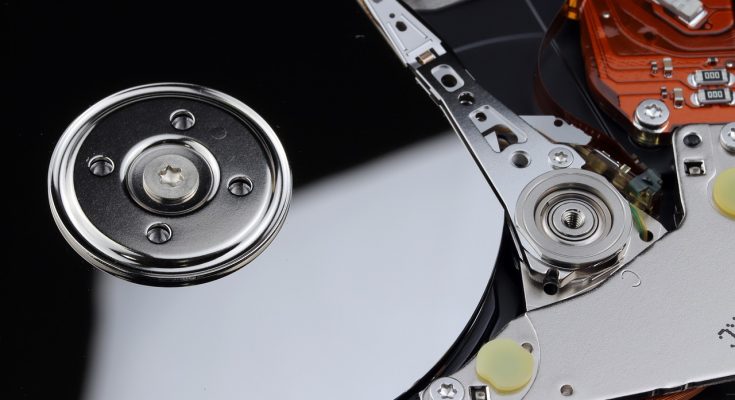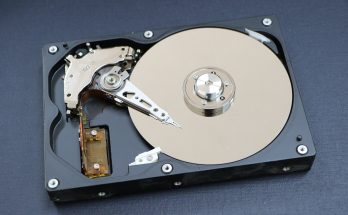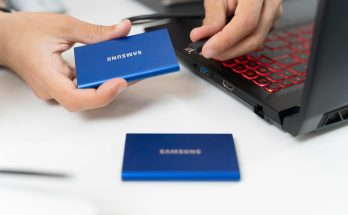When it comes to data loss, understanding the types of damage is crucial. Head Crash vs. Logical Damage: What’s the Difference? is a common question.
Both terms relate to issues with hard drives but represent different problems. Learning about these can help you decide how to recover your data.
Understanding Head Crash
A head crash occurs when the read/write head of a hard drive contacts the spinning disks. This can happen due to various reasons. Here are some key points about head crashes:
- Mechanical Failure: Hard drives have moving parts. Over time, these parts can fail.
- Physical Damage: Dropping or bumping a hard drive can cause a head crash.
- Dust and Debris: Even tiny particles can lead to a crash.
When a head crash happens, it can cause severe data loss. The read/write head scratches the disk surface, damaging the data stored there. This is why immediate action is vital when you suspect a head crash.
What is Logical Damage?
Logical damage is different from physical damage. This type of damage does not involve the hard drive’s mechanical parts. Instead, it relates to how the data is organized. Here’s what you should know:
- File System Corruption: Sometimes, the way files are stored gets corrupted. This can happen due to software issues or improper shutdowns.
- Virus Attacks: Malicious software can corrupt data. It changes how files are accessed.
- Accidental Deletion: If you delete files by mistake, that’s logical damage too.
Logical damage can often be fixed without opening the hard drive. This is a major difference from head crashes, which usually require professional help.
Key Differences Between Head Crash and Logical Damage
Understanding the differences between these two types of damage is essential. Here’s a simple comparison:
| Aspect | Head Crash | Logical Damage |
| Type of Damage | Physical | Logical |
| Cause | Mechanical failure or impact | Software issue or user error |
| Data Recovery | Harder, often requires professionals | Easier, often DIY methods work |
| Symptoms | Unusual noises, drive not spinning | Files missing, corrupted files |
| Repair Method | Physical repair needed | Software tools can often fix it |
Signs of Head Crash
How do you know if your hard drive has crashed? Here are some signs to watch for:
- Strange Noises: Clicking or grinding sounds are bad signs.
- Failure to Boot: If your computer won’t start, it’s a warning.
- Error Messages: Frequent read errors indicate possible issues.
- Missing Files: If files disappear suddenly, it could be a crash.
If you notice any of these symptoms, act fast. Head Crash vs. Logical Damage can lead to data loss if not handled properly.
How to Recover from a Head Crash
Recovering from a head crash can be tricky. Here are some steps you can take:
- Stop Using the Drive: Don’t try to access it. This can cause further damage.
- Seek Professional Help: Look for data recovery services. They have the tools to help.
- Prepare for Costs: Recovery from a head crash can be expensive.
- Backup in Future: Regular backups can save you from this situation.
Recovering from Logical Damage
Recovering from logical damage is often easier. Here’s what you can do:
- Use Recovery Software: Programs like Recuva or EaseUS can help recover files.
- Run Disk Check: Use the built-in tools on your computer to fix errors.
- Restore from Backup: If you have backups, restoring files is simple.
- Keep Software Updated: This can prevent future issues.
Prevention is Key
Whether dealing with Head Crash vs. Logical Damage, prevention is always better than cure. Here are some tips to keep your data safe:
- Regular Backups: Always back up your important files.
- Avoid Physical Damage: Handle your devices carefully.
- Keep Software Updated: Update your antivirus and system software regularly.
- Use Surge Protectors: Protect your hardware from power surges.
Conclusion
In conclusion, knowing the difference between Head Crash vs. Logical Damage can save you a lot of trouble. One is physical, and the other is logical. Understanding these terms helps you react correctly when data loss occurs.
Remember to back up your data regularly and handle your devices with care. This will help you avoid future issues.
FAQs
1. What is a head crash?
A head crash happens when the read/write head of a hard drive touches the disks, causing data damage.
2. Can logical damage be fixed easily?
Yes, logical damage can often be fixed using recovery software or other tools.
3. How can I prevent data loss?
Regular backups and proper handling of devices can help prevent data loss.



